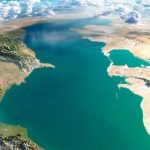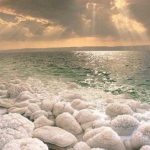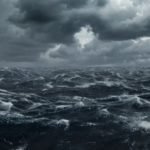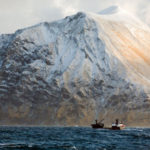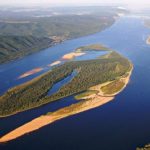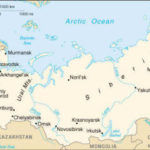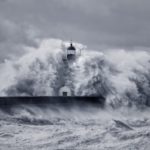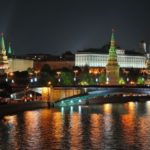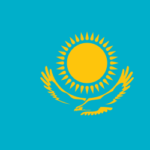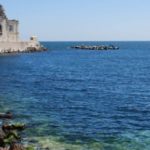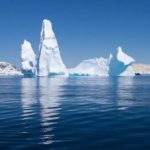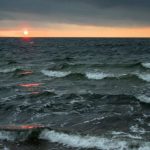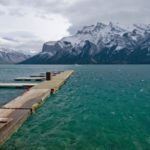17 interesting facts about the seas of Russia
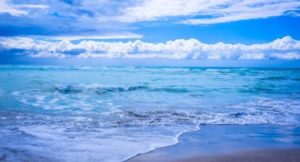 Russia is a huge country, and it has access to many seas. Some of them lie right on our shores, while others can be accessed along numerous rivers that provide navigation in the vastness of our vast country. And we are really very lucky with this, because the sea is not only an important transportation artery, but also wonderful resorts, whether it is northern or southern.
Russia is a huge country, and it has access to many seas. Some of them lie right on our shores, while others can be accessed along numerous rivers that provide navigation in the vastness of our vast country. And we are really very lucky with this, because the sea is not only an important transportation artery, but also wonderful resorts, whether it is northern or southern.
Russian land is washed by the waters of thirteen seas.
Of all of them, only one is closed – the Caspian. Some scientists even consider it to be a drainless lake, like the Dead Sea.
The shallowest sea not only of Russia, but of the whole world is the Sea of Azov, with an average depth of about 7.5 meters.
The ice and waters of the Russian Sea of Okhotsk sometimes shine, most likely due to fluorescent plankton.
The Black Sea is remarkable for the fact that there is absolutely no life in the depths of it. Its waters are too saturated with hydrogen sulfide so that at least some fish or plants can survive there.
The largest sea in Russia is Bering. Its area exceeds 2.3 million square kilometers, which is almost four times the area of Ukraine.
The coldest of the seas of Russia is the East Siberian. It is unique in that it mixes the waters of the Atlantic and Arctic Oceans. Due to the influence of the latter, the waters of this sea are very cold.
The warmest Russian sea is the above Azov sea. On hot summer days, the near-surface layer of water here warms up to 27-28 degrees, and in shallow water even more, up to 30-31 degrees. Moreover, the average temperature in the Black Sea is higher than in the Azov Sea.
The Sea of Azov is also the smallest sea in Russia. Less than its only White.
Some areas of the northern seas, such as the Barents or the Laptev Sea, are ice bound up to 9-10 months a year, and even on the warmest days of July and August, the temperature of the water near the surface does not rise above +10 degrees.
The most fresh sea of both Russia and the whole world is the Caspian Sea. It is strongly desalinated by the rivers flowing into it, especially the Volga.
And the most salty Russian sea is the Barents Sea. It is also one of the saltiest seas in the world.
Over the northern seas destructive storms rush no less than over the southern, and even more often.
The Bering Sea is the deepest in Russia. Its average depth reaches 1600 meters, and the maximum – 4151 meters.
Contrary to popular belief, even in the northern seas in summer you can swim. True, not all. But on the Baltic coast there are beaches that are quite popular.
The cleanest and most transparent water among all the seas of Russia can boast of White.
On the other side of the rating is the Black Sea, the waters in it are heavily polluted due to active shipping. And it is actively catching up with the Baltic, at the bottom of which, after the Second World War, vessels with chemical weapons were flooded. Corrosion corrodes their body, and the poison is already seeping out.
